10 Spine-Chilling Spiders That Can Threaten Humans
The world of arachnids is vast and full of intrigue, with spiders often embodying both fear and fascination. Their delicate webs, intricate patterns, and stealthy movements have captivated human curiosity for centuries. Among the thousands of spider species, a select few possess venom potent enough to pose a threat to humans. This article embarks on an exploration of the top 10 spine-chilling spiders known for their potential danger to people. Each section will delve into the unique characteristics, habitats, and behaviors of these arachnids, providing a comprehensive understanding of their place in the natural world and the risks they present. As we unravel the mysteries of these creatures, we’ll also uncover the myths and truths that surround them, offering a balanced perspective on their role in ecosystems and their interactions with humans.
1. The Black Widow: A Deadly Beauty
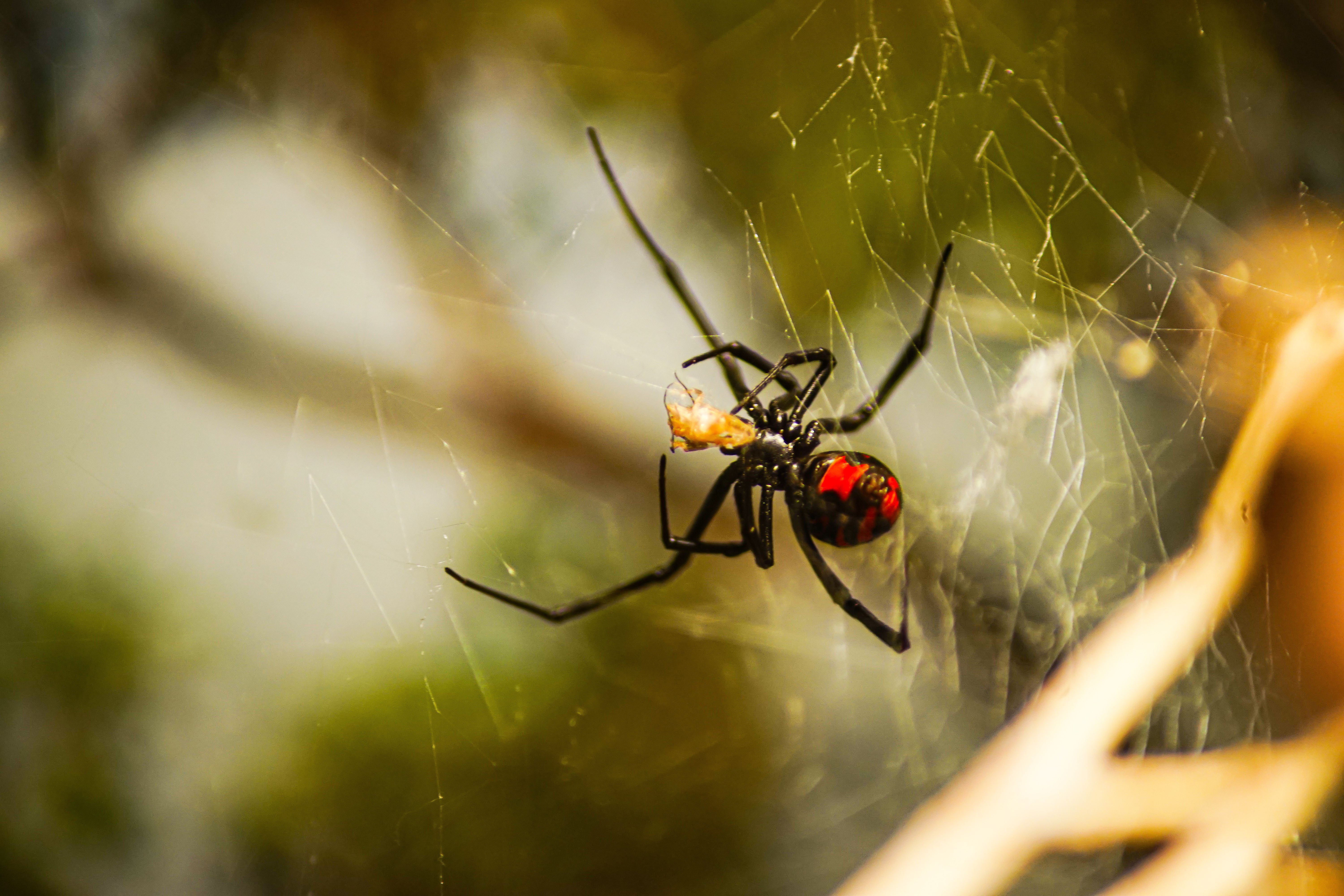
The Black Widow spider, with its infamous red hourglass marking, is perhaps the most recognized of all dangerous spiders. Found primarily in temperate regions, these spiders are known for their potent venom, which can cause severe pain, muscle rigidity, and systemic effects in humans. Female Black Widows are notorious for their size and aggressiveness, especially when guarding their egg sacs. Despite their fearsome reputation, fatalities are rare due to the availability of antivenom and medical treatment. Understanding their behavior is crucial; they are not naturally aggressive towards humans and typically bite only in self-defense. Their webs, often built in dark, undisturbed areas, serve as a warning sign to tread carefully in their presence.
2. Brown Recluse: The Silent Stalker

The Brown Recluse is another spider that commands both fear and respect. Known for its necrotic venom, a bite from this spider can cause significant tissue damage, leading to long-term health issues if not treated promptly. These spiders are reclusive by nature, preferring to hide in dark, quiet places such as attics, basements, and closets. Their ability to thrive in human environments increases the likelihood of encounters, making them a common concern in certain regions. Despite their potential danger, Brown Recluses are not aggressive and bites are relatively rare. Education on identifying their distinctive violin-shaped marking can help prevent unwanted interactions.
3. The Brazilian Wandering Spider: A Nomadic Threat
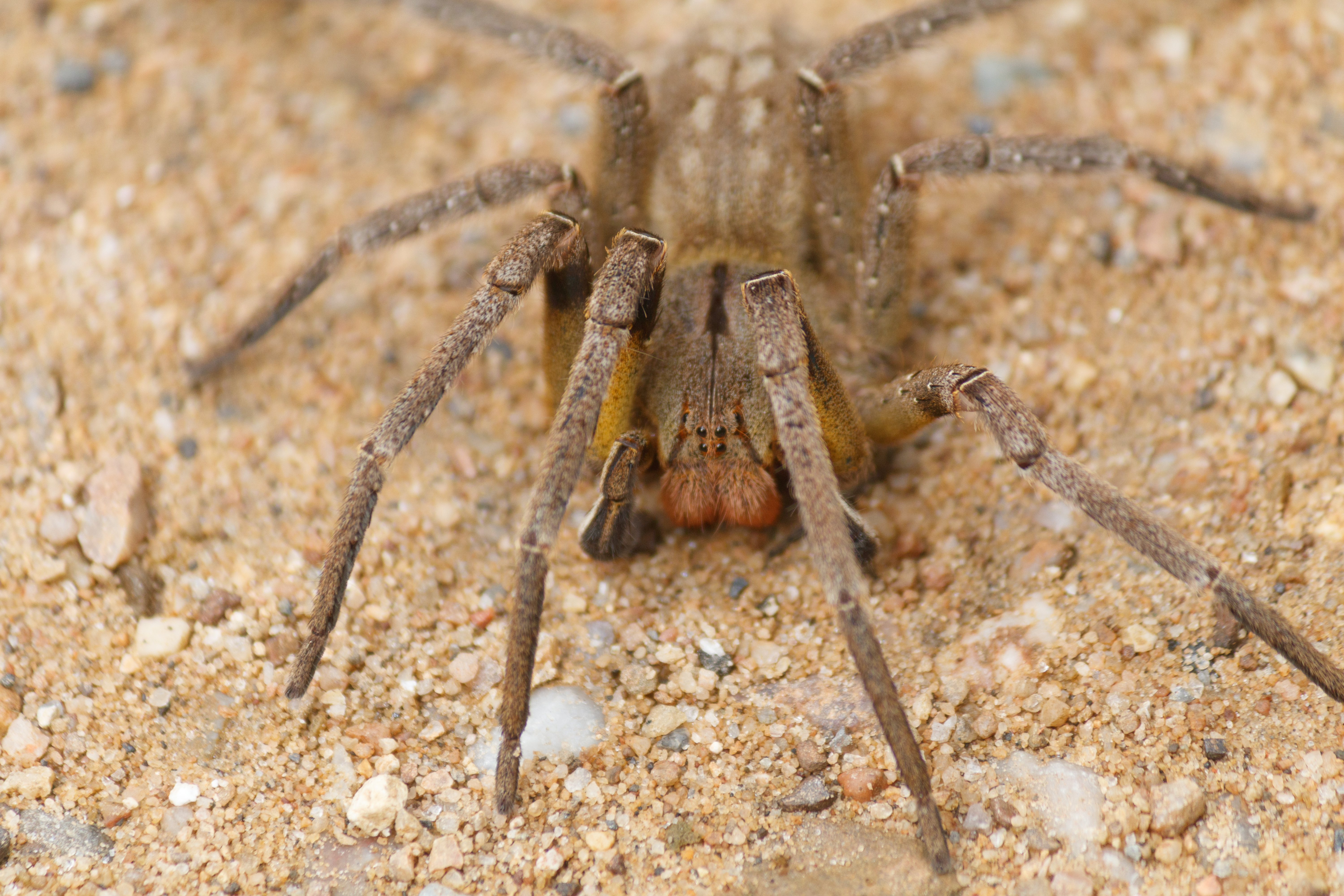
The Brazilian Wandering Spider, often dubbed the most venomous spider in the world, is notorious for its aggressive behavior and potent neurotoxic venom. Unlike web-building spiders, this species is a hunter, actively seeking out prey rather than waiting for it to stumble into a trap. Their nomadic lifestyle means they can be found in a variety of environments, from forests to urban areas, increasing the chances of human encounters. The venom of the Brazilian Wandering Spider can cause severe symptoms, including intense pain, paralysis, and even death if untreated. Their intimidating presence and readiness to defend themselves make them a formidable spider to encounter.
4. Sydney Funnel-Web Spider: The Antipodean Menace
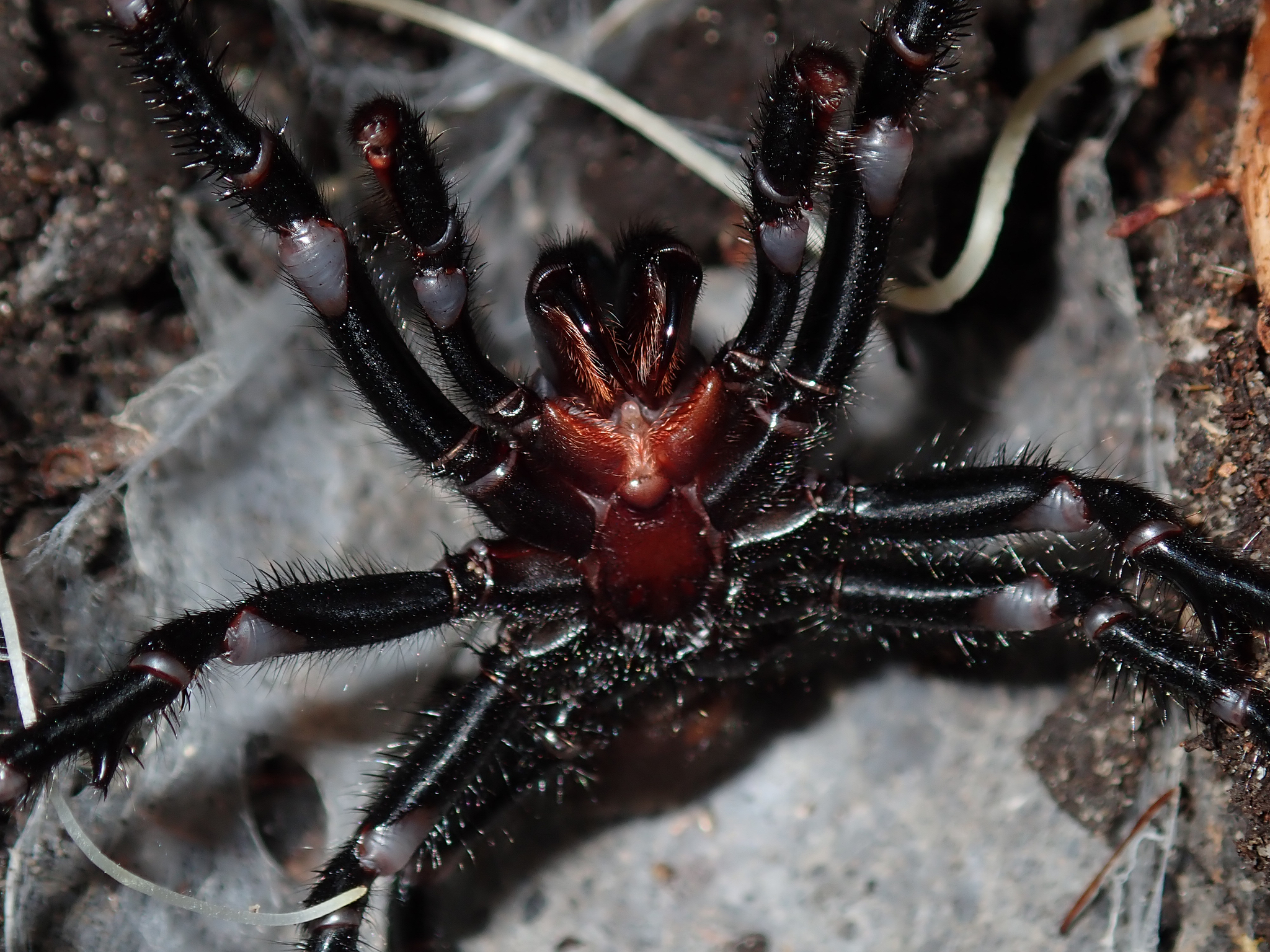
Native to Australia, the Sydney Funnel-Web Spider is infamous for its aggressive nature and highly toxic venom. This spider is capable of delivering multiple bites in quick succession, injecting venom that can lead to severe systemic effects in humans. The funnel-shaped webs they construct are often found in moist, sheltered environments, such as gardens and woodpiles. Despite their fearsome reputation, the development of an effective antivenom has significantly reduced fatalities. The Sydney Funnel-Web Spider serves as a reminder of the unique and often dangerous wildlife that inhabits Australia, highlighting the importance of awareness and respect for these creatures.
5. The Six-Eyed Sand Spider: A Master of Camouflage
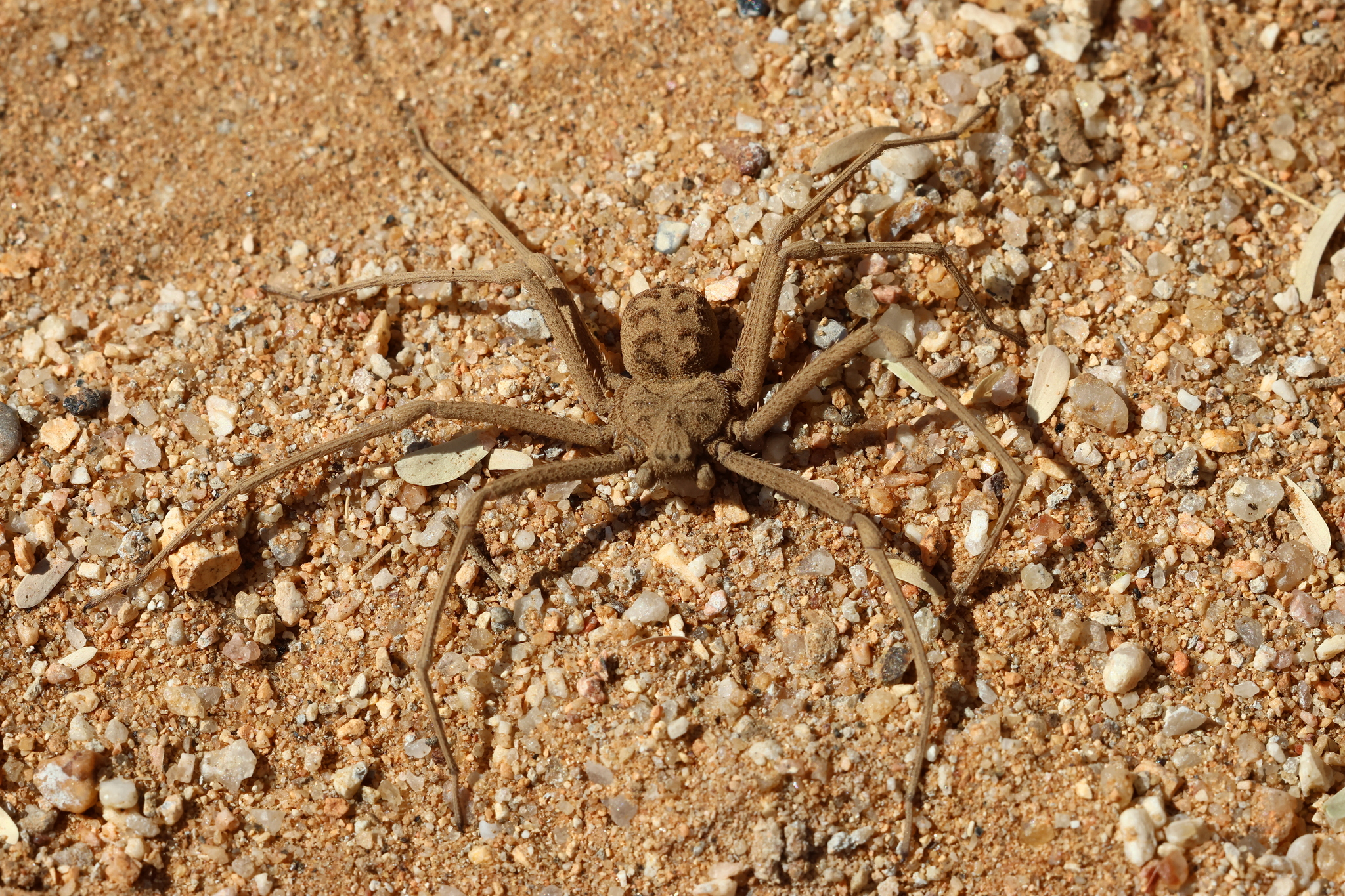
The Six-Eyed Sand Spider, native to the deserts of southern Africa, is a master of disguise. Its ability to blend seamlessly into its sandy environment makes it a formidable ambush predator. While human encounters are rare due to its remote habitat, the venom of this spider is highly necrotic and can cause significant tissue damage. The Six-Eyed Sand Spider is a testament to the adaptability of arachnids, showcasing their ability to thrive in extreme environments. Understanding their behavior and habitat is crucial for those venturing into their territory, as their stealthy nature makes them difficult to detect.
6. The Redback Spider: Australia's Lethal Icon
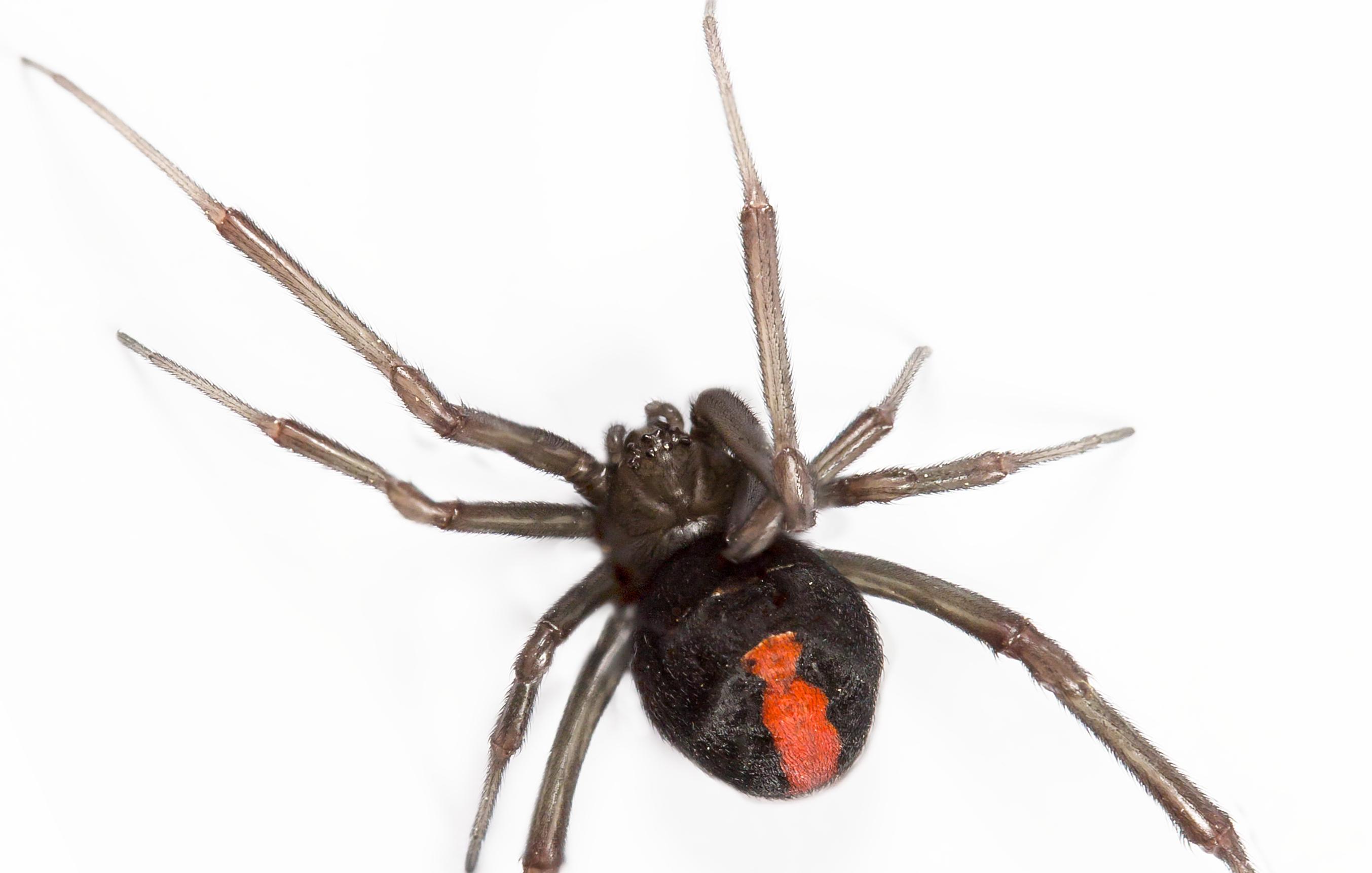
The Redback Spider, closely related to the Black Widow, is a common inhabitant of Australia. Recognizable by its distinctive red stripe, this spider is known for its potent venom, which can cause severe pain and systemic symptoms. Redbacks are often found in urban areas, making encounters with humans more likely. Despite their dangerous reputation, the introduction of an effective antivenom has made fatalities extremely rare. The Redback Spider serves as a reminder of the delicate balance between humans and wildlife, highlighting the importance of education and awareness in preventing unnecessary encounters.
7. The Wolf Spider: The Hunter of the Night

Wolf Spiders are known for their impressive speed and hunting prowess. Unlike web-building spiders, Wolf Spiders are active hunters, relying on their keen eyesight and agility to capture prey. While their venom is not particularly dangerous to humans, their intimidating appearance and aggressive behavior can cause fear. Wolf Spiders are often found in gardens and homes, where they play a crucial role in controlling pest populations. Understanding their behavior and ecological importance can help alleviate fears and promote coexistence with these fascinating arachnids.
8. The Goliath Birdeater: A Giant Among Spiders
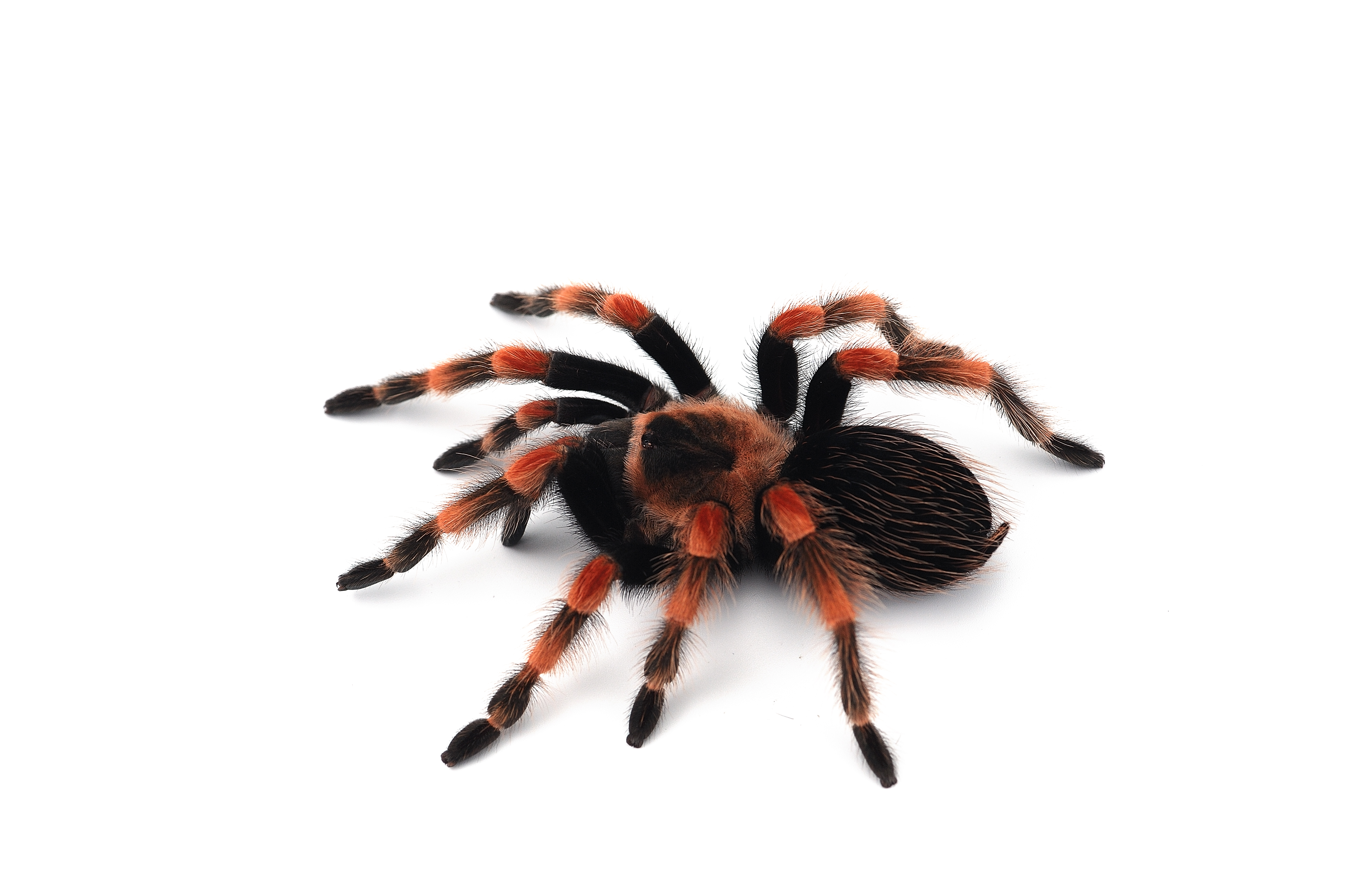
The Goliath Birdeater, native to the rainforests of South America, is the largest spider in the world by mass. Despite its formidable size, this spider poses little threat to humans, with its venom being relatively mild. The Goliath Birdeater is a fascinating example of the diversity and adaptability of arachnids, showcasing their ability to thrive in a variety of environments. While their size and appearance can be intimidating, these spiders play an important role in maintaining ecological balance by controlling insect populations. Their presence serves as a reminder of the wonders of the natural world and the importance of preserving biodiversity.
9. The Tarantula: Misunderstood Giants
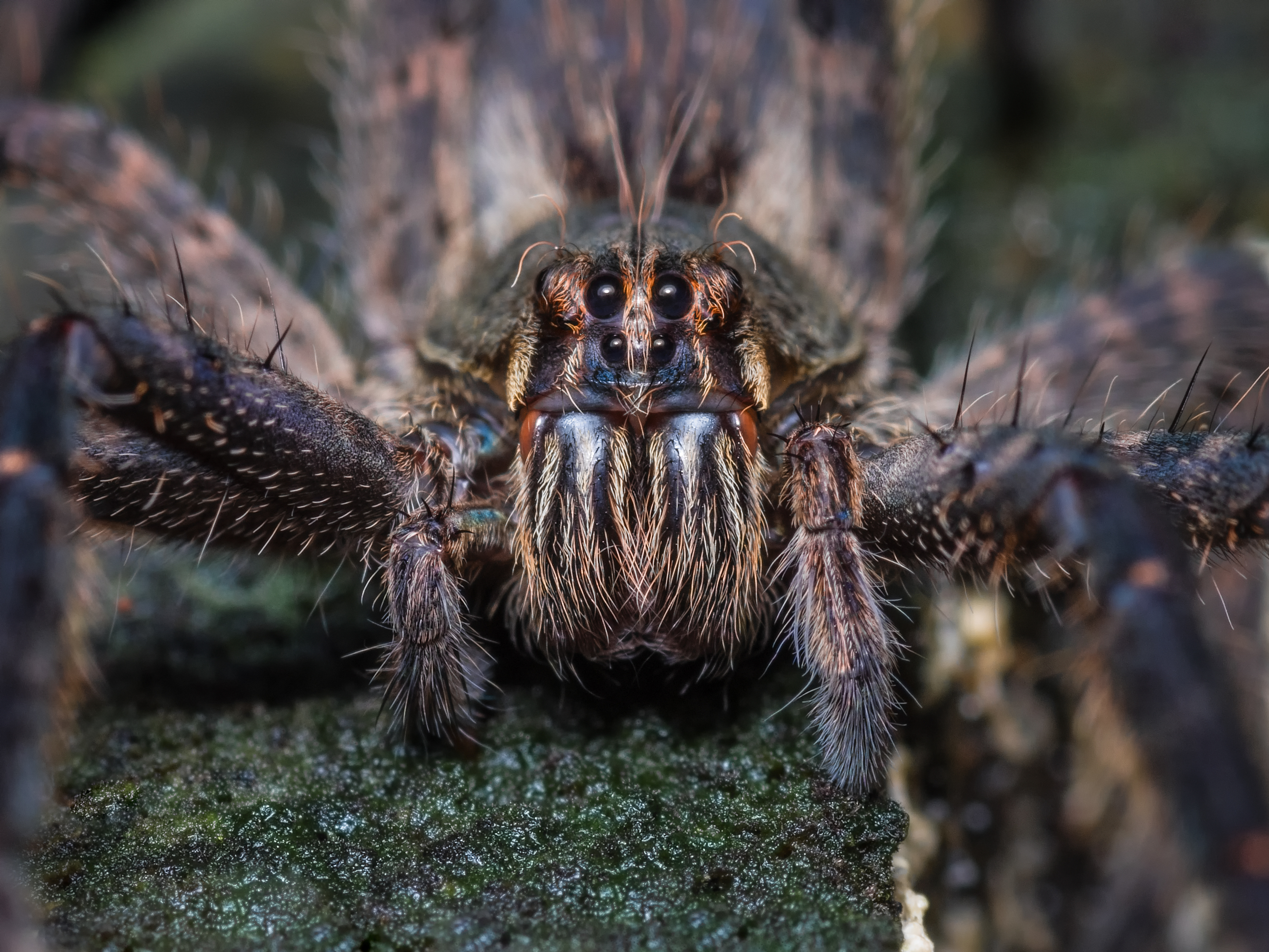
Tarantulas are often misunderstood creatures, feared for their large size and hairy appearance. Despite their intimidating presence, tarantulas are generally docile and pose little threat to humans. Their venom is relatively mild, and bites are rare, usually occurring only when the spider feels threatened. Tarantulas are found in a variety of habitats, from deserts to rainforests, highlighting their adaptability and resilience. Understanding their behavior and ecological role can help dispel myths and promote appreciation for these fascinating creatures. Tarantulas serve as a reminder of the diversity and complexity of the natural world, encouraging us to look beyond appearances and appreciate the beauty of all living things.
10. The Hobo Spider: A Controversial Threat
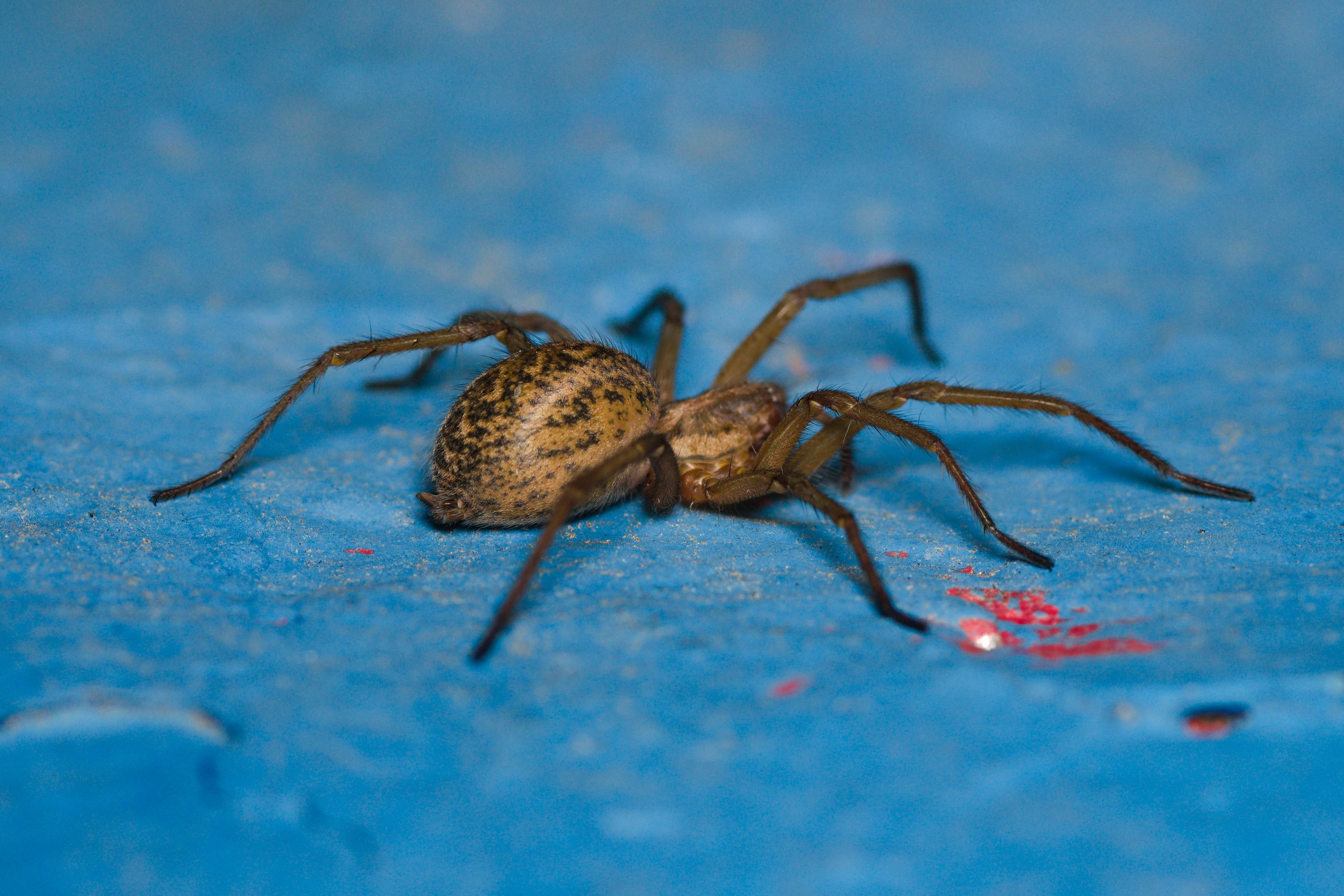
The Hobo Spider, native to Europe but now found in North America, has been the subject of much debate regarding its potential threat to humans. While some studies suggest that its venom can cause necrotic lesions, others argue that these effects are exaggerated. The Hobo Spider is often found in homes and gardens, where it plays a role in controlling pest populations. Understanding the true nature of this spider and its interactions with humans is crucial for dispelling myths and promoting coexistence. The Hobo Spider serves as a reminder of the importance of scientific research in understanding the complexities of the natural world.
Embracing the Arachnid World
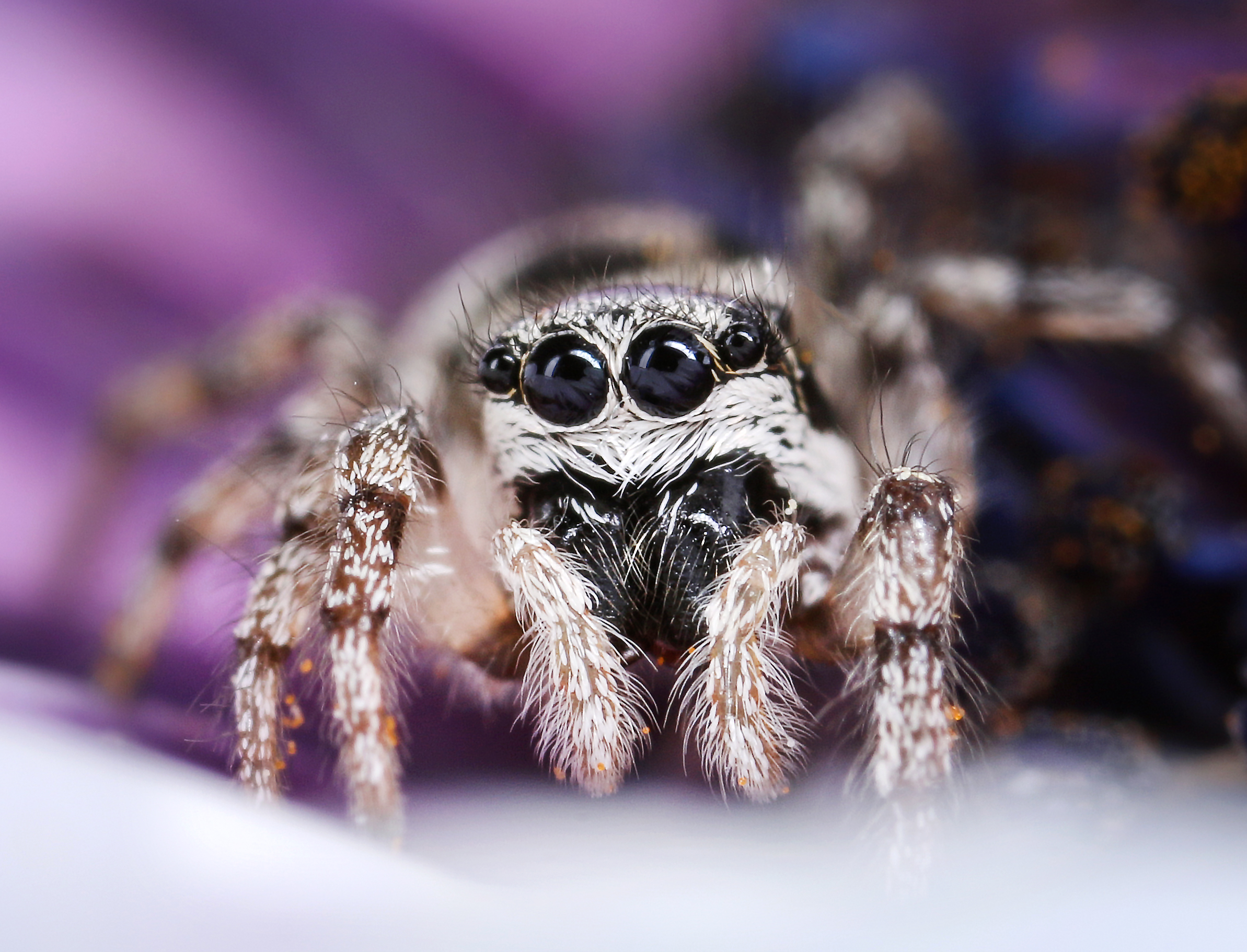
Spiders, with their diverse forms and behaviors, are an integral part of the natural world. While some species pose a threat to humans, they also play crucial roles in ecosystems, controlling pest populations and contributing to biodiversity. Understanding their behavior and ecological importance is key to dispelling myths and promoting coexistence. As we navigate the web of thrills spun by these spine-chilling spiders, we are reminded of the delicate balance between fear and fascination that defines our relationship with the natural world. Embracing this balance allows us to appreciate the beauty and complexity of these remarkable creatures, encouraging us to protect and preserve the ecosystems they inhabit.
